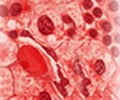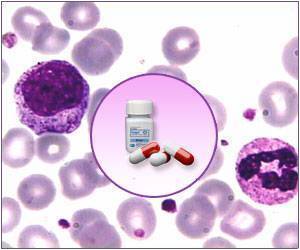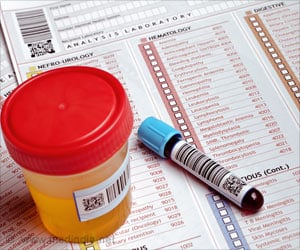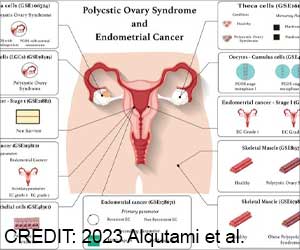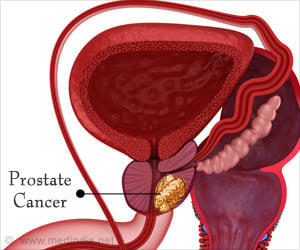
‘You have a higher probability of developing blood cancer if one of your blood relatives has developed it, a study suggests.’
Read More..Tweet it Now
Age of diagnosis, whether the relative is a parent, sibling, or child, and the number of affected first-degree relatives play a defining role in the relative risk of developing certain blood cancers, according to the study.
"This information improves our understanding of the causes of - and potential inherited predisposition to - blood cancers and should inform the identification and characterization of genetic risk factors for blood cancer, as well as how we best clinically manage patients and their relatives," said Amit Sud, MD, PhD, of The Institute of Cancer Research, London, and the study's lead author. "The results should also encourage conversations among families, clinicians, and patients about familial risk."Read More..
While earlier studies have demonstrated the increased risk of blood cancers in first-degree relatives of affected individuals, this is the largest and most comprehensive population-based evaluation to date. Cases with a familial link represented 4.1 percent of all blood cancer diagnoses - higher than cancers of the nervous system, kidney, and pancreas, but lower than those of the breast, colorectum, and prostate, which range from 8 to 15 percent, researchers report. Highest relative risks were seen for certain Hodgkin lymphoma (HL) subtypes, lymphoplasmacytic lymphoma, and mantle cell lymphoma. Markedly elevated familial risks were also observed for polycythemia vera, myelodysplasia and essential thrombocythemia.
While there are currently no definitive screening initiatives for blood cancers, a 2016 revision to the World Health Organization classification of myeloid neoplasms and acute leukemia recognized the familial disease as an essential component of diagnosing certain subsets of blood cancers and underscores the need to examine further and understand familial risk. Developing definitive screening protocols based on evidence is an emerging area of research.
"We hope this robust data will be used to inform guidelines on genetic testing and screening. Certainly, there are a number of individuals, such as those with a relative diagnosed at a young age and or with more than one affected first-degree relatives, for whom counseling, genetic testing, and surveillance may be appropriate," Dr. Sud said. The present analysis drew from 16 million people in the Swedish Family-Cancer Database, ultimately including 153,115 patients with confirmed blood cancer and 391,131 first-degree relatives, which allowed Dr. Sud and colleagues to characterize familial risk across all blood cancer types fully. For specific blood cancers such as chronic lymphocytic leukemia (CLL), the increase in risk is dependent on the age of the affected relative; whether it is a parent, sibling, or child; and the number of affected first-degree relatives. For example, for non-Hodgkin lymphoma, HL, and CLL, the risk was higher among those who had a sibling with the disease, whereas others blood cancers were more likely to occur if a parent had been diagnosed. Generally, the familial risk was more pronounced when relatives were diagnosed at younger ages. Dr. Sud added that the analysis also has potential implications for the selection of related stem-cell donors used for the treatment of these malignancies.
In addition to its size and long follow-up, another strength of the analysis is its use of registry data for which almost all blood cancer cases in the Swedish population had been recorded. Still, researchers say the findings may not apply to economically developing countries that tend to have different tumor incidence rates and potentially different environmental and genetic risk factors.
Advertisement

